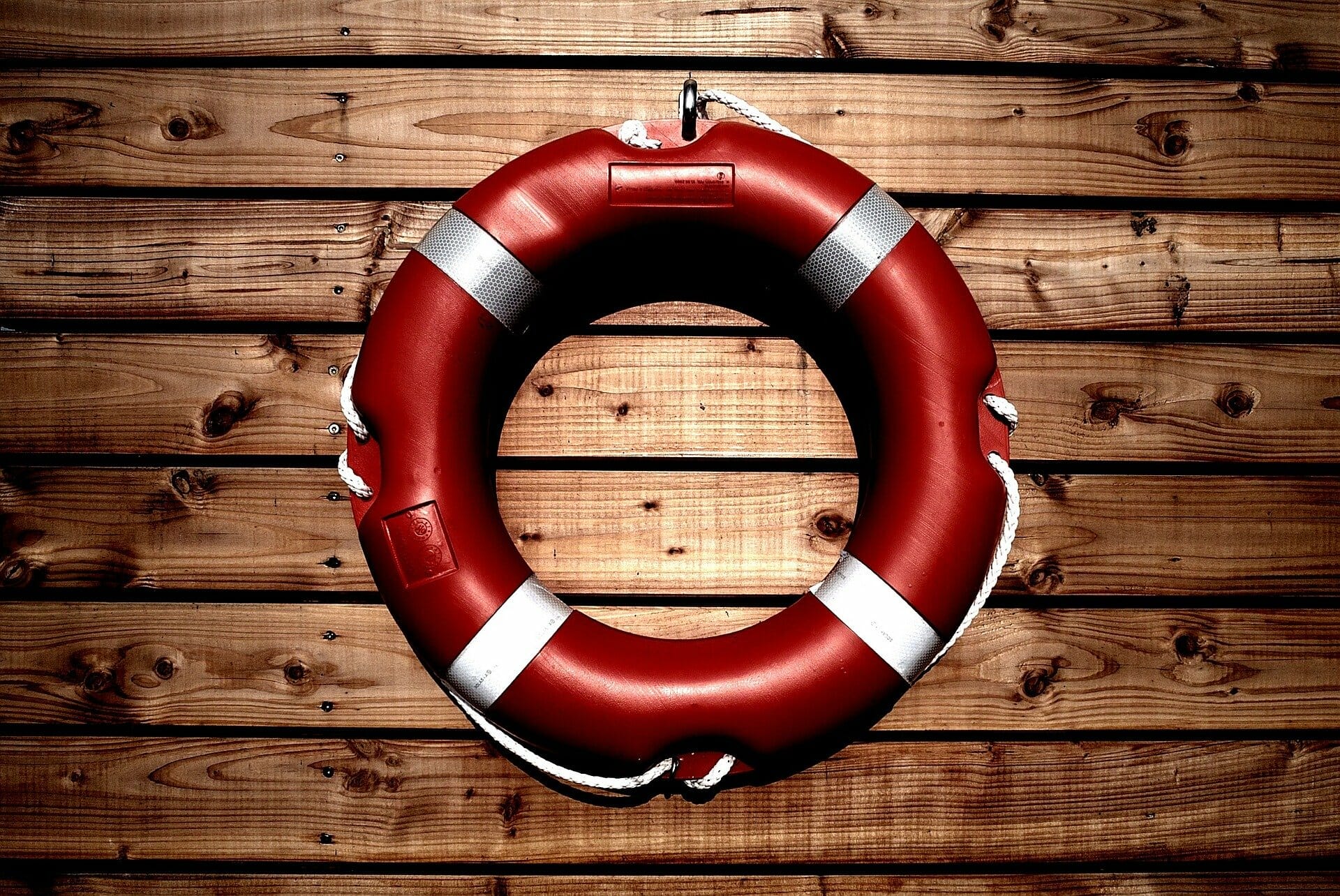Water Safety in Summer Months
The warmest months of the year are heading our way and the official start of summer is here. As we cool off and escape the heat, remember the basics of water recreation safety. We live in an area surrounded by water, giving many opportunities for exciting water activities, but also increasing the possibility of injury or drowning. According to the Washington State Department of Health, in Washington, there were 98 unintentional drowning deaths of residents in 2017. In King County, at least 16 people died in preventable drownings in 2018.
A child or weak swimmer can drown in the time it takes to apply sunscreen, reply to a text, or run back into the house for something you forgot. Drowning and injuries related to water happen every day in pools, hot tubs, lakes, rivers, bathtubs, and even buckets. Fortunately, there are a few things we can do to help mitigate the risks involving water and summer fun.
Wear a U.S. Coast Guard-approved life jacket when boating or fishing, even if you don’t intend to enter the water. A life jacket is one of the most effective pieces of safety gear in or out of a boat. However, it only works if you wear it. Low-cost lifejackets are provided throughout the spring and summer months though King County at a 25% discount (kingcounty.gov). In addition, the Washington State Parks Department has a Life Jacket Loaner Program. The program provides life jackets to designated stations for the public to check out a life jacket for a day or the weekend. Most life jackets are checked out and returned by the end of each day (parks.state.wa.us).
Backyard swimming pools and spas are a great place for the family to relax and have fun. However, it’s important to ensure everyone stays safe in and around the water. According to the Centers for Disease Control and Prevention (CDC), among children ages 1 to 4 years, most drownings occur in residential swimming pools. The CDC reports most young children who drowned in pools were last seen in the home and had been out of sight for less than five minutes. Proper fences, barriers, alarms, and covers can be lifesaving devices. A fence of at least four feet in height should surround the pool or spa on all sides and should not be climbable for children.
During water recreation, always use the buddy system. Make sure you are not alone, or under the influence while participating in water related activities. Lastly, bystanders are often the first to aid a drowning victim, so learning CPR can help save a life. Woodinville Fire & Rescue offers an American Heart Association CPR certification class once a month. If you haven’t been certified, it’s a great opportunity to learn a life-saving skill. Classes are expected to resume sometime in July or once King County enters Phase III of the Safe Start reopening plan.

